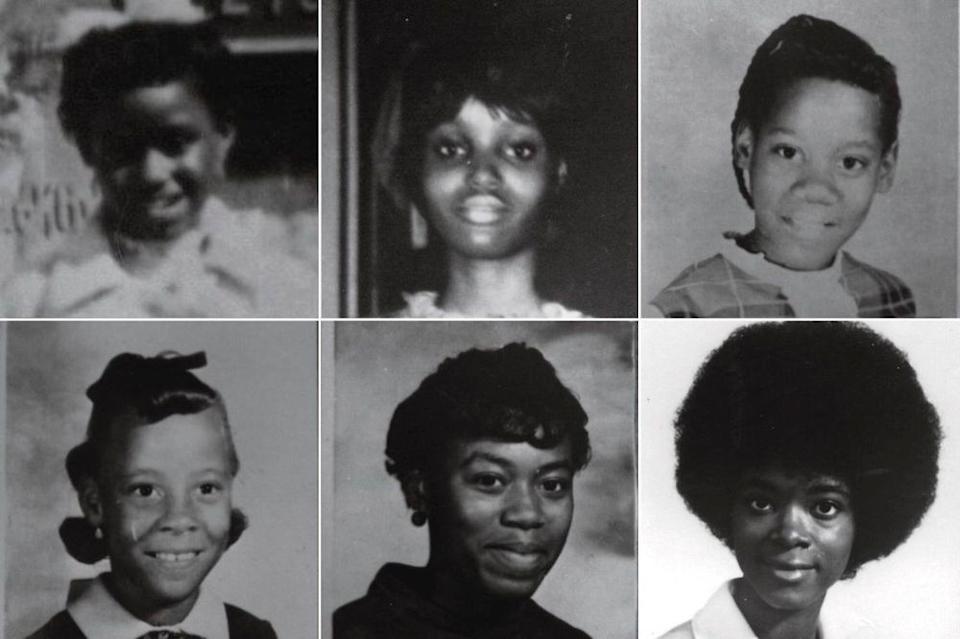Inside the Hunt for a Serial Killer Who Dumped 6 Girls' Bodies Along Roads Around Washington, D.C.

The first to disappear was 13-year-old Carol Spinks, who never made it home from a short walk to the store near her family’s Washington, D.C., apartment.
The year was 1971, during a moment of large-scale anti-Vietnam War protests in the nation’s capital. Yet the discovery of Spinks’ body — lying face down off an embankment along I-295 — swiftly drew the attention of homicide detectives who would encounter similar murders of five more young black girls dumped along roadsides in the Washington area over the next 17 months.
Darlenia Johnson, 16, disappeared on July 8 while walking to work at a recreation center, just over two months after Spinks vanished on April 25; their bodies were found about 15 feet apart. A third victim, Brenda Faye Crockett, 10, disappeared July 27 while on a barefoot stroll to the store.

After a fourth victim, Nenomoshia Yates, 12, disappeared Oct. 1 and was found dead, the media began to link the cases together as the work of a “freeway phantom,” whose serial killings are revisited in an upcoming episode of People Magazine Investigates, airing Nov. 25 (10 p.m.) on Investigation Discovery. An exclusive clip is above.
Related: Hunting for Missing Daughter, Mom Finds Two More Missing Women
With the fifth victim, it became clear the killer was watching and paying attention. “This is tantamount to my insensititivity insensitivity [sic] to people especially women,” read a note found in the coat pocket of Brenda Woodard, 18, who was taken Nov. 15 while walking home from night school. “I will admit the others when you catch me if you can!,” it said, signed “Free-way Phantom,” as he embraced the moniker.

The sixth victim, Diane Williams, 17, abducted Sept. 5, 1972, while on her way home from visiting a friend, followed the pattern: all were believed to be sexually assaulted and strangled. (The decomposition of one victim, Johnson, made her injuries and manner of death impossible to identify).
Then, just as mysteriously as it began, the serial spree appeared to stop.
Despite unifying clues to the killings, investigators noted some hard-to-explain twists. For one, why was Spinks, the first victim, held hostage before she was murdered?
“When Carol Spinks was found, she had been missing for several days,” says Jim Trainum, a retired homicide detective for D.C.’s Metropolitan Police Department, “and based on the medical examiner she’s alive for a lot of that time because somebody fed her during that time period.”
But who?
People Magazine Investigates: The Freeway Phantom airs Monday, Nov. 25 (10 p.m. ET) on Investigation Discovery.

